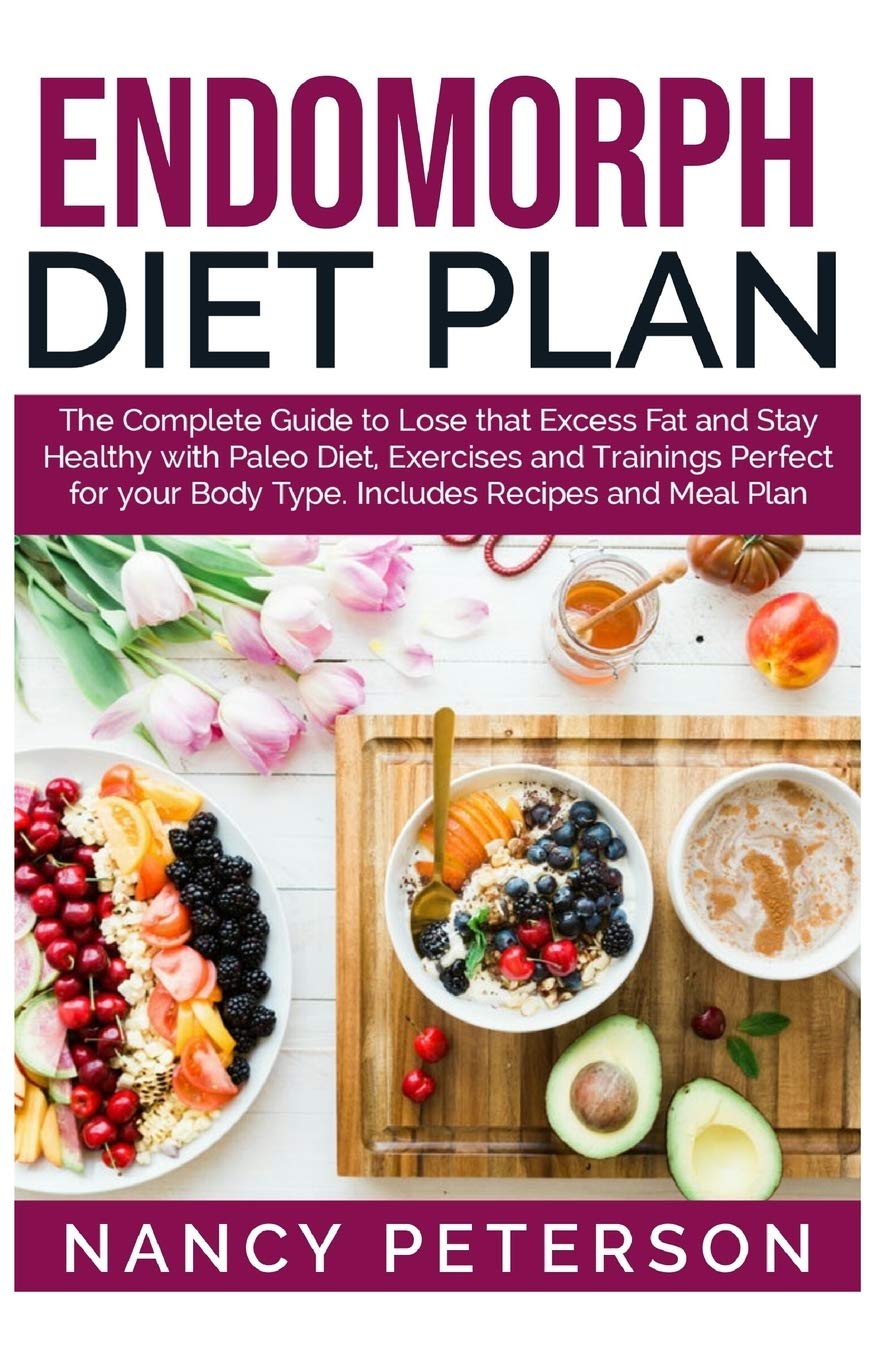
Refined grain is any type of wheat or Rye that has been modified. This is when the grain's bran and germ are removed. This also reduces nutrients in the food. Many studies have linked high intakes of refined grains to increased risks of cancer, stroke, and cardiovascular disease. Research also found an increased risk of obesity due to eating a lot of refined grains. This is a worrying finding for those who wish to eat a healthier diet.
Whole grains contain more fiber, which can reduce the risk of colorectal carcinoma. Whole grain foods are high in fibre. This can help reduce the amount time that carcinogens remain inside the body. Additionally, resistant starches ferment in your colon and create protective substances that protect the gut wall. Antioxidants are found in whole grains that help protect the body's cells from inflammation and oxidative damages. These antioxidants have been linked to cancer.

A whole grain serving is roughly equal to half a loaf of bread, or a cup of cooked grains. It contains about 15 grams of carbohydrates, up to three grams of protein, and 1 gram of fat. A serving of whole grain contains about two grams of fiber. It has twice the fiber content of refined grains. It also has very little fat. It's also easier for you to digest. Whole grain products have high fiber content, so it's not only about how many calories they contain.
In a recent study, a study conducted by the WHO examined the impact of increasing whole grain consumption on blood cholesterol, body weight, and blood pressure in people with diabetes. The researchers found no evidence linking refined grains with cancer or other problems. However, the findings of the study weren't conclusive. They did suggest a high intake of whole grains. The study authors recommended that fruit consumption be reduced at the same time.
Whole grain is a good option for people suffering from diabetes as it provides more nutrients, fiber and vitamins than refined grain. It also contains higher levels of phytochemicals, which can be beneficial to the body. It has lower calories and is more sustainable for the planet. Mellen PB & Aune D conducted a study and found that whole grains were more healthy than products made from refined grain. It has a higher Glycemic Index than whole grain products.

Refined grain is one that has been stripped of one or more important parts of the seed. Examples of refined grains include white rice, flour, and wheat. Refining grains eliminates the bran and germ, which contain large amounts of nutrients and protein. Dietary Guidelines for Americans recommend that half of all grains be consumed as whole grain. Consume 3 to 5 tablespoons of whole grain daily.
FAQ
What are the 10 most delicious foods?
These are 10 of the best foods to eat.
-
Avocados
-
Berries
-
Broccoli
-
Cauliflower
-
Eggs
-
Fish
-
Grains
-
Nuts
-
Oats
-
Salmon
Why is it important to live a healthy life?
Healthy living can lead to a longer, more fulfilling life. Good nutrition, exercise regularly, good sleep habits, stress management and healthy lifestyle can help you avoid heart disease and stroke.
A healthy lifestyle can also help improve mental health and make it easier to deal with daily stressors. Having a healthy lifestyle will also boost our self confidence and help us look and feel younger.
Which diet is best for me?
Your lifestyle and individual needs will determine the best diet for your body. You also need to consider how much energy you expend during exercise, whether you prefer low-calorie foods, and if you enjoy eating fruits and vegetables.
If you are trying to lose weight, then you may want to try intermittent fasting. Intermittent fasting involves consuming only specific meals throughout the day, rather than having three large meals. This method may work better than traditional diets which include daily calorie counts.
Research suggests that intermittent fasting may increase insulin sensitivity and lower inflammation. This can result in a reduction in blood sugar levels and a reduced risk of developing diabetes. Other research suggests that intermittent fasting may promote fat loss and improve overall body composition.
How much should I weigh for my height and age? BMI chart & calculator
To determine how much weight loss you need, a BMI calculator is your best friend. A healthy BMI range is between 18.5 and 24.9. To lose weight, you should aim for a loss of 10 pounds per year. To calculate your BMI, simply enter your height and weight into the BMI calculator.
This BMI chart will help you determine if your body is overweight or obese.
Statistics
- Extra virgin olive oil may benefit heart health, as people who consume it have a lower risk for dying from heart attacks and strokes according to some evidence (57Trusted Source (healthline.com)
- WHO recommends reducing saturated fats to less than 10% of total energy intake; reducing trans-fats to less than 1% of total energy intake; and replacing both saturated fats and trans-fats to unsaturated fats. (who.int)
- WHO recommends consuming less than 5% of total energy intake for additional health benefits. (who.int)
- The Dietary Guidelines for Americans recommend keeping added sugar intake below 10% of your daily calorie intake, while the World Health Organization recommends slashing added sugars to 5% or less of your daily calories for optimal health (59Trusted (healthline.com)
External Links
How To
What does the word "vitamin" mean?
Vitamins are organic compounds naturally found in food. Vitamins are necessary for us to absorb nutrients in the foods we consume. Vitamins cannot be produced by the body. They must be acquired from food.
There are two types of vitamins: water soluble and fat soluble. Water soluble vitamins dissolve easily in water. You can find vitamin C,B1 or thiamine, B2 or riboflavin and B3 or niacin, B3/niacin, B6/pyridoxine, folic Acid, biotin and pantothenic Acid as examples. Fat-soluble vitamins can be stored in the liver or in fatty tissue. Examples include vitamin D, E, K, A, and beta carotene.
Vitamins can be classified according to biological activity. There are eight major vitamin groups:
-
A - Essential for healthy growth and health maintenance.
-
C - essential for nerve function and energy generation.
-
D – Essential for healthy teeth, bones and joints
-
E - needed for good vision and reproduction.
-
K - required for healthy muscles and nerves.
-
P – vital for building strong bones.
-
Q - Aids digestion and iron absorption
-
R - Required for red blood cell production
The recommended daily allowance for vitamins (RDA) varies based on gender, age, and physical conditions. The U.S. Food and Drug Administration, (FDA), sets the RDA value.
For adults aged 19 and older, the RDA for vitamin B is 400 micrograms daily. Because it is essential for the development of the fetus, pregnant women should consume 600 micrograms per daily. Children ages 1-8 require 900 micrograms per day. Babies under one-year old require 700 mg per day. Between 9 and 12 years of age, however, this drops to 500 mg per day.
Children between the ages 1--18 years old who are overweight or obese require 800 micrograms per Day, while those who are overweight or obese need 1000 micrograms. To meet their nutritional needs, children underweight and obese require 1200 micrograms a day.
Children aged 4-8 years old who have been diagnosed as having anemia require 2200 micrograms of vitamin C per day.
2000 micrograms per person is necessary for general health. Due to their increased nutrient needs, pregnant and breastfeeding women need 3000 micrograms daily.
1500 micrograms is the recommended daily intake for adults aged 70+, who lose approximately 10% of muscle each year.
Women who are pregnant or lactating need more than the RDA. Pregnant woman need 4000 micrograms daily in pregnancy, and 2500 per day after childbirth. Breastfeeding moms need 5000 micrograms each day when breastmilk production occurs.